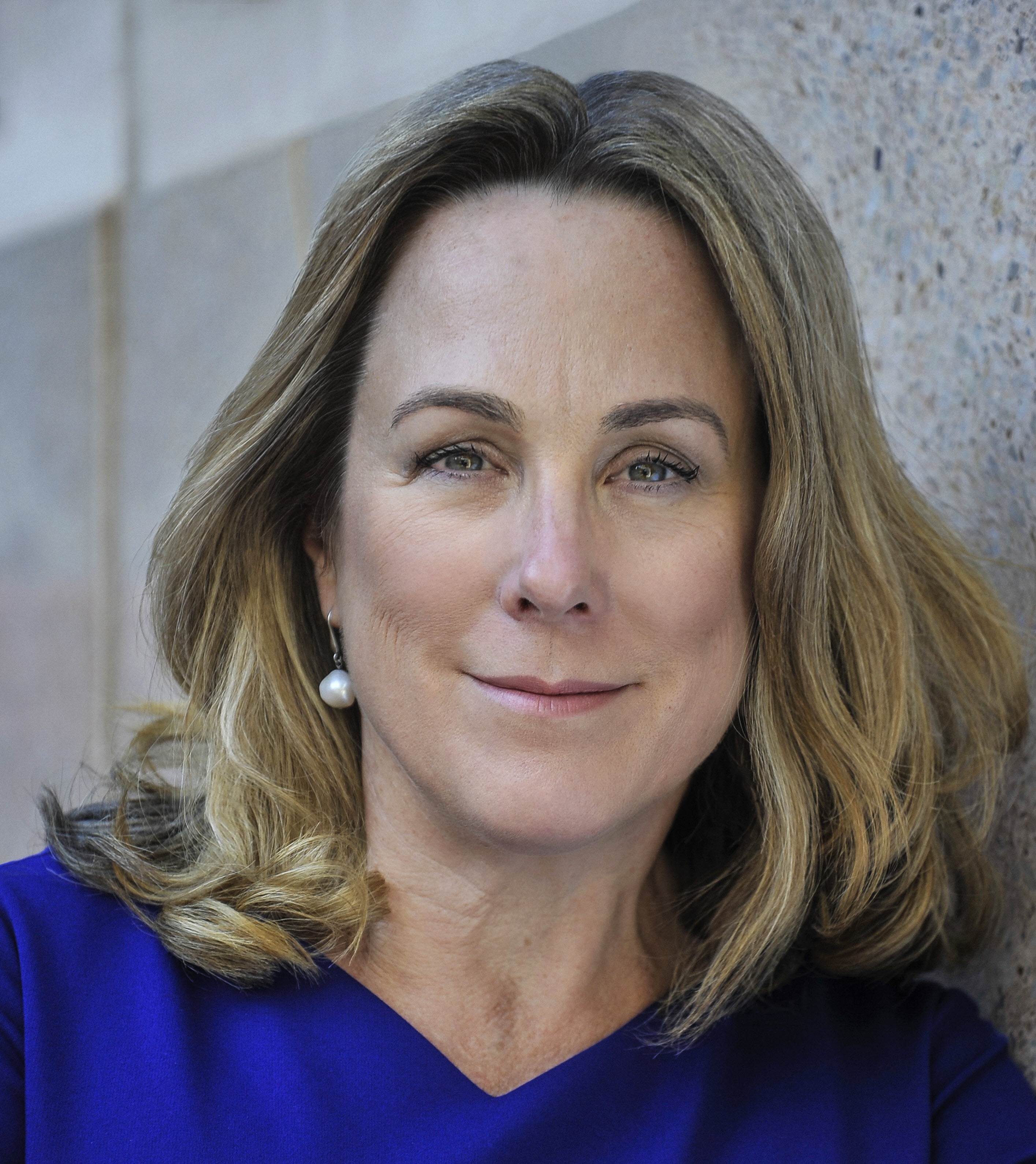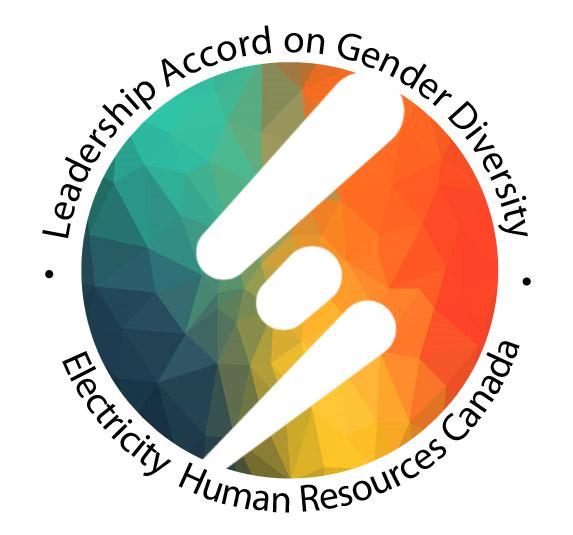Powerful Women: Paula Conboy

We are pleased to profile Paula Conboy, Chair of the Australian Energy Regulator, in our ongoing Powerful Women series.
Paula has over 20 years’ experience in public utility regulation in Australia and Canada. After starting her career at the Industry Commission in Australia, Paula moved to Canada and joined the Ontario Energy Board as a senior staff member. She later held several positions at PowerStream Inc., including Vice-President of Regulatory and Government Affairs. In 2010, Paula was appointed to the OEB as a full-time member where she oversaw policy development and adjudicated applications for cost of service, performance-based regulation, mergers and acquisitions, and leave to construct electricity and gas networks. In 2014, she was appointed as the Chair of the AER.
In this interview, Paula shares her insight on the challenges facing the energy sector and offers five pieces of advice to women starting their careers in the industry.
1. How did you originally get involved in energy-related work?
Fate really.
I started out as an agricultural economist and worked with the (then) Industry Commission in Australia. My first piece of work was a quantitative analysis of the labour tally system in an Australian abattoir. The on-site part of that project was one I will never forget. The other part of that work that will always stay with me was having to present my findings of labour inefficiency to a room full of abattoir operators (picture big burly men with cuts and bruises and fingers missing). This was an early lesson in the importance of knowing your audience!
I then moved on to the relative safety of the water industry at Sydney Water Corporation for a couple of years before returning to Canada and joining the staff at the Ontario Energy Board. With five years under my belt at the OEB, I hopped the fence to work for Markham Hydro and had many fulfilling years as we grew the company to become PowerStream.
After (I think) seven years at PowerStream, I was appointed to the OEB where I served four years of my five-year term. But the beaches and bush of Australia were calling me back, and in 2014, I was appointed as Chair of the Australian Energy Regulator. I also sit on the Energy Security Board that was formed in 2017 to coordinate the implementation of the Australian Chief Scientist’s recommendations addressing the future of the Australian energy industry.
I can’t say that all these moves were part of a carefully planned trajectory. They weren’t. They were a result of creating opportunities as well as developing and maintaining a good professional network. Oh, and having the courage to swim out of my depth…
2. What do you see as the key challenges facing the energy sector today and going forward?
Jurisdictions around the world are facing the challenges and opportunities of energy sectors in transition towards the “four Ds”: decarbonization, democratization, digitization and decentralization.
As we chase the goal to decarbonize the sector, issues of affordability, reliability and security of supply need to be addressed. The increased penetration of zero marginal cost renewable generation, including large scale wind and solar, is wreaking havoc on the economics of conventional, synchronous generators.
The technological transformation of the generation sector away from coal towards more renewables means that it is critical that we have sufficient, flexible generation capacity to fill the gaps when the sun is not shining and the wind is not blowing. The Energy Security Board is developing the Retailer Reliability Obligation – a mechanism that will help ensure Australia has enough dispatchable capacity available when and where we need it.
In addition, it is also important that we develop mechanisms to ensure ongoing system stability. As we transition away from traditional, synchronous generation, we will need to develop new markets that ensure that sufficient stability services such as inertia and frequency control can continue to be provided to protect our electricity system.
Over 2 million Australian households now have solar PV on their rooftops and the costs of battery storage are falling quickly. The rapid deployment of distributed energy resources (DER) is catalyzing the decentralization and democratization of the sector. We are moving away from a linear supply chain to a multi-directional ‘transactive’ system with embedded information technology and artificial intelligence. The 100-year-old poles and wires business model of the network companies is no longer valid.
We are also seeing new entrants with innovative propositions. These businesses are offering energy monitoring and management services and hardware, real-time or fast-responding demand management technologies, aggregation businesses, and more. Their diversity means that their impacts on networks vary considerably. Overall, we are looking to find ways to optimize the use of DER to the benefit of all energy consumers.
The digitization required to optimize millions of decentralized assets and connected devices in play throughout the grid is phenomenal. That means we need to create systems and governance to regulate access to the massive amounts of high-quality data.
One thing is for certain, as a regulator, it’s important to support these consumer driven transitions, but stay mindful of our role in protecting their long-term interests.
3. What are the key challenges and opportunities that you see for women as leaders?
One of the key challenges for many women leaders (and men leaders who are taking on a greater role in the family) is work-life integration. I don’t like the term “work-life balance” because it suggests a static equilibrium where work and life are equal. But work, family, exercise and play will always be fluid. If you try to balance them, you risk feeling defeated and guilty. These elements will always be out of balance, the challenge is to look at them over time to ensure that you’re getting what you want.
There are more opportunities for women in leadership roles. And, there are a lot of great women leaders paving the way for younger women and re-defining what makes a great leader. Companies and agencies are beginning to recognize that diversity of skills and experience are needed in the energy sector – creating greater opportunities for women with different skills and ways of thinking. This is especially important in an industry that is changing so rapidly.
4. What advice do you have for a woman starting her career in the energy sector?
I’d share the following five pieces of advice:
- The importance of building your network encompasses connecting with people who don’t think the same way you do.
- Support and empower other women. As you climb the corporate ladder, be the one that extends a hand to lift up another woman. That karma will flow back to you one day.
- Step out of your comfort zone, stay open-minded and create your own opportunities.
- Maintain a growth mindset. If you feel out of your depth, realize that tomorrow will be a little easier, next week a little more. And in a year, you’re bound to look back at what you’ve done with great pride.
- Don’t underestimate your own abilities. I once heard Australia’s former Prime Minister Julia Gillard say “I have been in many meetings where I have thought that man’s confidence is way out of kilter with his competence whereas that woman’s competence is way of kilter with her confidence.”



